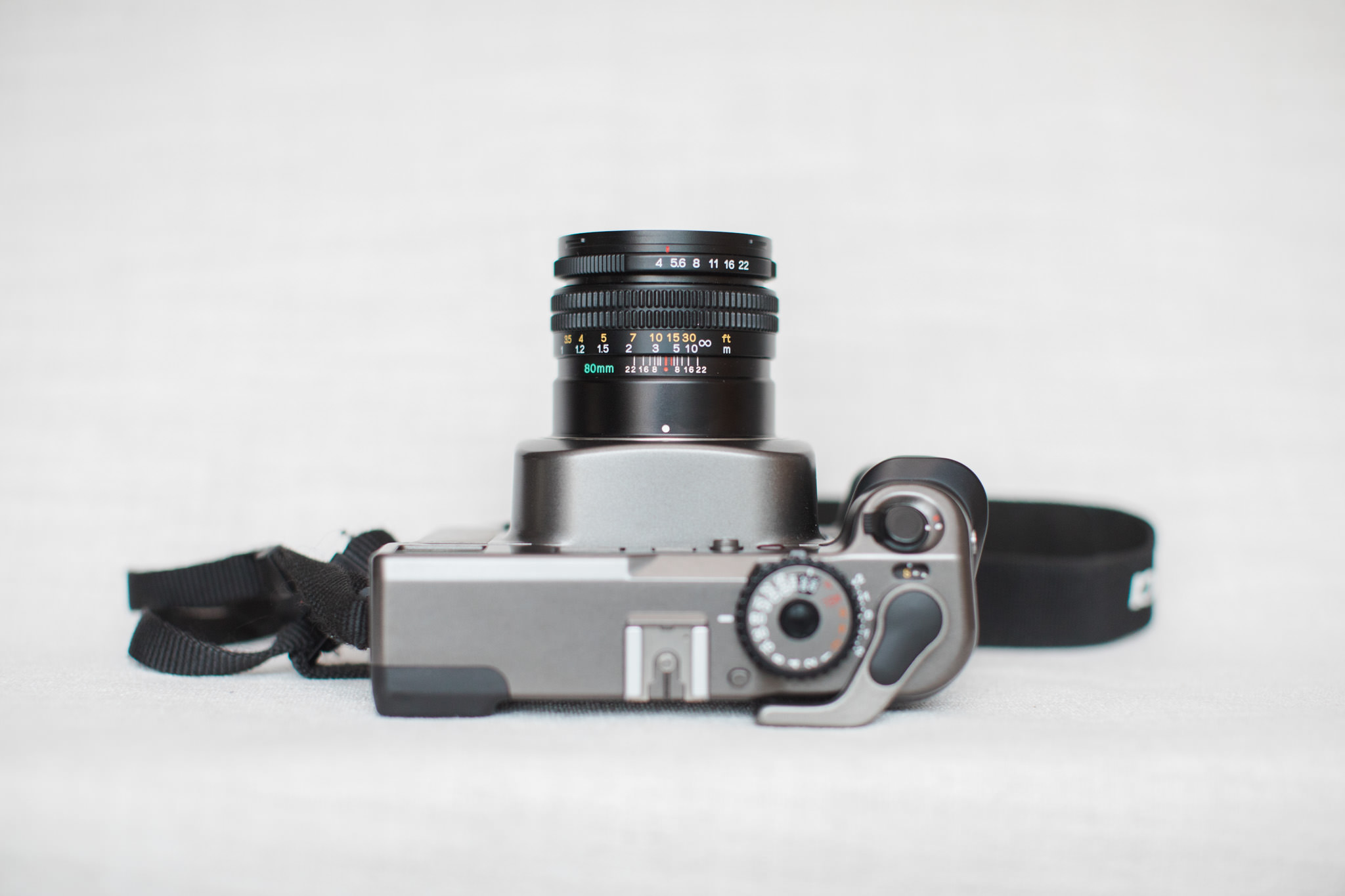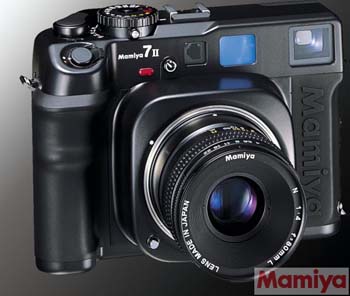
The only advantages are perspective control (I question the value of this on the small frame) and GG viewing with a loupe for critical focus. a 2X3 view or bellows style camera is the last stop on the way to 4X5 and does not offer much over regular range finder roll film camera's. Just to shift right into 4x5 photography and experiment with a roll film back later only ifįor my justifications. No big deal once you get used to it, but I think its easier And you need to focus very carefully with a good magnifier. But if you do choose a rollfilm back, it needs to be a precise one if you want to compete with M7 optics Per se, and that gives a dramatic enlargement advantage over roll film. But mainly, I use 4x5 cameras for 4x5 film MF camera, but I like to use longer lenses a lot. View camera and the results for my kind of work are more precise than any conventional Sometimes I use 6x9 Horseman backs on my 4x5 You can'tįocus the foreground at the same time. The 150 or 210 (?) on the M7 will be useful only at a fixed distance or infinity.

Stop the lens way down for serious depth of field - in other words, with a long lens like With any ordinary camera all you can do is The fact that you can use optimum f-stops. Any precise viewĬamera will allow movements, which is a massive advantage in landscape work, including The M7 is a rangefinder, so best suited for normal to wide angle lenses. But going from 6x7 to 2x3 is just a tiny increase in size, probably won't be worth doing. If you're going to print enormous, well, you need to start from a large negative. Movements help, aren't often that necessary when shooting landscapes, but what really helps is film size. You asked whether LF's advantages come from movements or from film size. You have better lenses, less weight, less bulk. IMO, unless you need focal lengths that aren't available for your M7, as long as you're shooting landscapes you're better off where you are than where I am. I shoot 2x3 with 2x3 Graphics (press cameras) and a 2x3 Cambo (full fledged view camera). Bending that a little, 4x5 is approximately the next reasonable step up from 6x7. Blaker wrote something to the effect that going up in format isn't worth the trouble and expense unless the frame size is at least doubled in both dimensions. The frame sizes are, respectively, 56 x 82 mm and 56 x 69 - 72 mm. You can shoot 6圆, 6x7, 6x9, 6x12, 6x17 and you can also shoot sheet film.Įric, 2x3 isn't much larger than 6x7. With a 4x5 or larger camera, you can use a roll film adapter whenever you like - even carry several, one for b&w, one for color etc.
.jpg)
If you plan to use a 6x9 view camera, get a magnifying back or some strong reading glasses, and consider a model with geared movements: minute adjustments can be required. Want a really long lens for distance shooting ? no problem. Want to use a special macro lens ? no problem. Want to try an enlarger lens, reversed ? no problem. Want to try a portrait lens from the 1800's ? no problem. With a view camera we can mount lenses of almost any focal length and design. For portraits or close work, a view camera of any size will be much appreciated: precise composition with no limitation on subject distance. Because medium format scanners can be hard to find - and expensive - that needs to be considered, unless money is not a consideration.Ī good as Mamiya 7 lenses are, they don't focus very close. If you plan to scan your film, even a fairly modest flatbed scanner will be usable with 4x5 or larger, while roll film requires a fine scanner to get the detail. Getting it properly calibrated can be a problem. Image quality depends on perfect rangefinder calibration: when calibration drifts, we don't find out until the film is processed and inspected.

The Mamiya can be a wonderful camera under certain conditions, where portability is important.


 0 kommentar(er)
0 kommentar(er)
